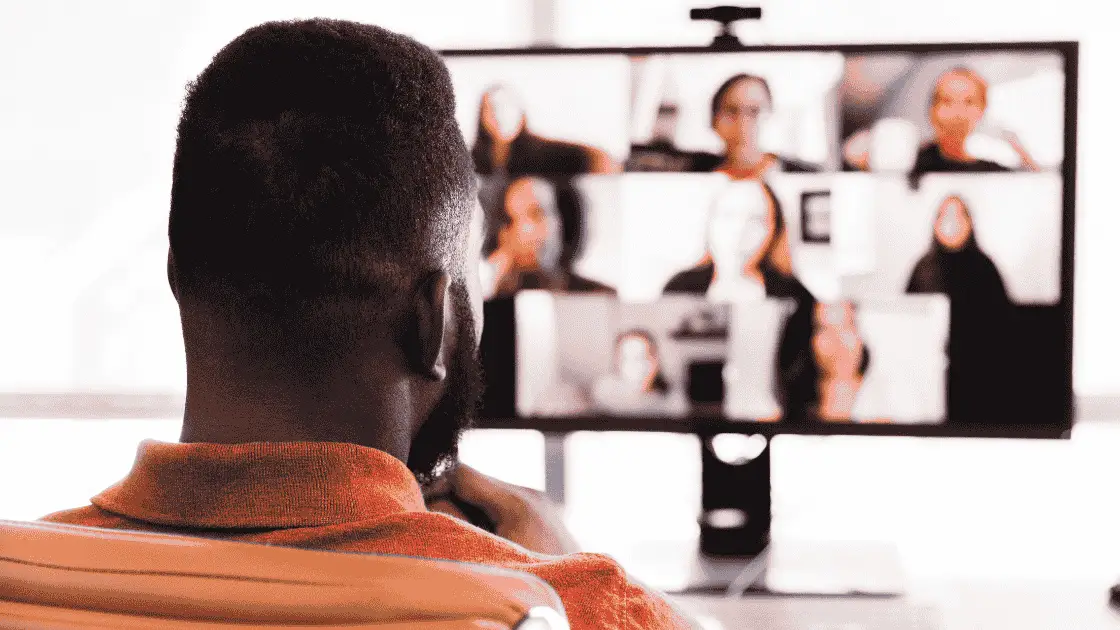
This January saw our first quarterly NEDworking event of 2025. These collaborative forums ar...

This January saw our first quarterly NEDworking event of 2025. These collaborative forums ar...

Susan Stockwell and Jo Fielding-Cooke from Supa-C, a new customer-centric consultancy helpin...

The Procurement Act comes into effect on 24th February 2025. This revised legislation will t...

Greenacre’s latest NEDworking session brought together Non-Executive Directors from ac...